¶ What it is
A fuse is an electronic component installed in a circuit to ensure safe operation. In the X1E printer power supply, a 10A fuse is used, while the X1C printer power supply uses a 6A fuse. When the current in the circuit rises abnormally (such as during a short circuit), the fuse will blow due to the increased temperature melting the internal metal wire, thereby cutting off the power to prevent damage to the circuit and components, ensuring device safety.
Currently, we use two main types of fuse:
-
Glass tube fuses (Left image): The transparent casing allows for a clear view of the fuse wire, making it easy to determine whether the fuse has blown. This type is typically used where high visibility is required.
-
Ceramic Tube Fuse (right image): The casing is made of white ceramic, making it difficult to see the internal fuse wire. However, it has higher voltage resistance and better anti-explosion performance. It is more commonly and reliably used in circuits carrying higher currents or with higher risk.
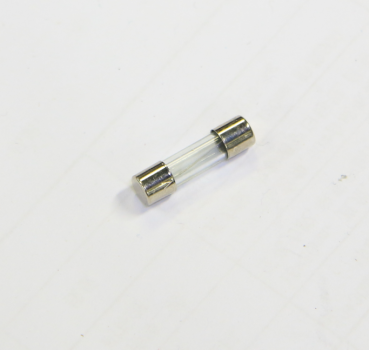 |
 |
|---|
At present, we mainly use white ceramic fuses, but some printers are equipped with glass tube fuses.
¶ When to use
- If the power cable is connected, but the power switch fail to light up when turn on the power, the fuse burnt.

- Similarly, if the power indicator light suddenly goes out while the device is powered on, it may also be due to a damaged fuse.
In addition, you can also check the fuse to determine whether it needs replacement or not:
-
For transparent (glass) fuses, a visual inspection can usually determine if the fuse is blown. If the metal wire inside is visibly broken, blackened, or shows signs of melting, the fuse has blown and should be replaced promptly.
-
For white (ceramic) fuses, since the casing is opaque, the internal wire cannot be seen directly. In this case, a multimeter can be used for testing. Set the multimeter to continuity mode (or resistance mode), and touch the metal caps at both ends of the fuse with the probes:
-
If you hear a beep or the resistance is close to 0Ω, the fuse is intact.
-
If there is no beep, the display shows “OL” (open loop), or the resistance is very high, it indicates the fuse is blown and needs to be replaced.
-
¶ Tools and materials needed
- New fuse
- H1.5 allen key or tweezers.
¶ Safety warning and Machine state before starting operation
Pay attention to electricity safety. Turn power OFF and unplug the power cord when replacing the fuse.
¶ Operation guide
¶ Step 1 - Disconnect the power cord
Disconnect the power cord from the power socket.
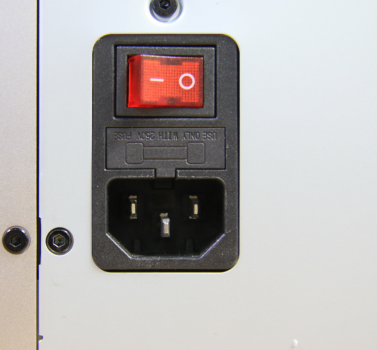
¶ Step 2 - Pull out the fuse holder
Use a tool (H1.5 allen key or tweezers ) to pull out the fuse and its holder.
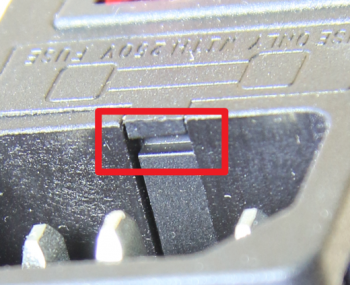 |
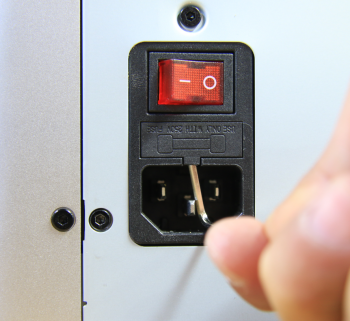 |
|---|
¶ Step 3 - Remove the fuse
Remove the fuse from the holder.
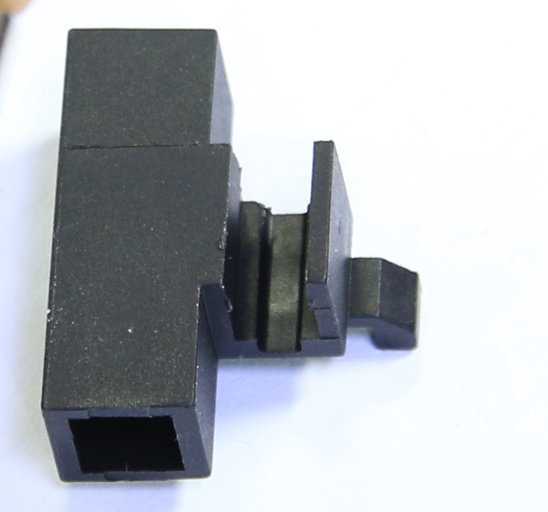 |
 |
|---|
¶ Step 4 - Install the fuse
Install the new fuse to the fuse holder.
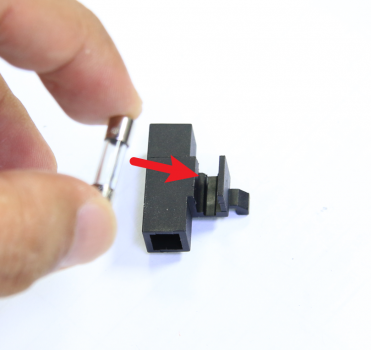
¶ Step 5 - Install the fuse holder
Install the fuse and holder to the power socket.
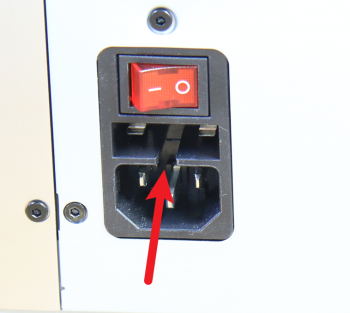 |
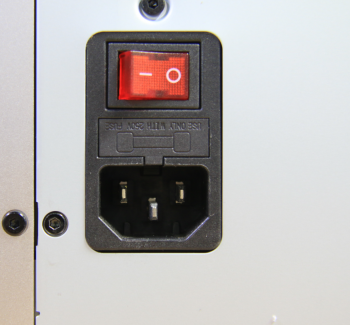 |
|---|
¶ How to verify completion/success
Connect the power cord and turn the power ON. If the switch light turns on, then the fuse replacement is complete and successful.
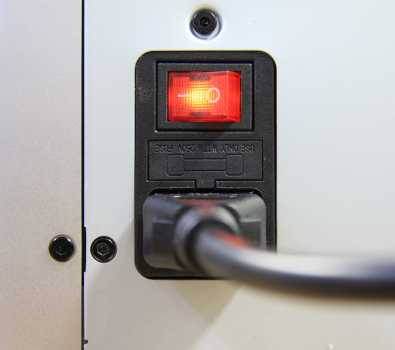
Otherwise, when you turn the power ON and the switch light does not turn on, contact the Bambu Lab service team for further assistance.